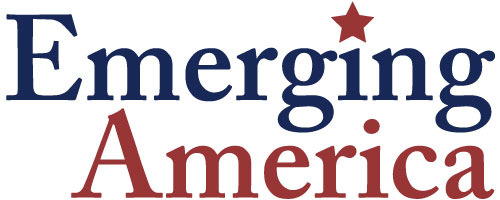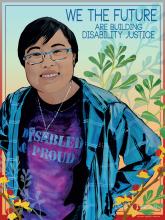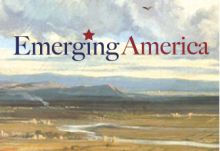Amazing and student-empowering teacher-created lesson plans have been the result each time we offer this course!
Our online graduate-level one-credit course, Accessing Inquiry for Students with Disabilities through Primary Sources, offered from January 16 to March 18, provides an opportunity to expand your comfort with finding and using primary sources to engage students of all abilities. Discuss strategies and tools with seasoned educators and creative colleagues around the country through the online discussions throughout the month.


